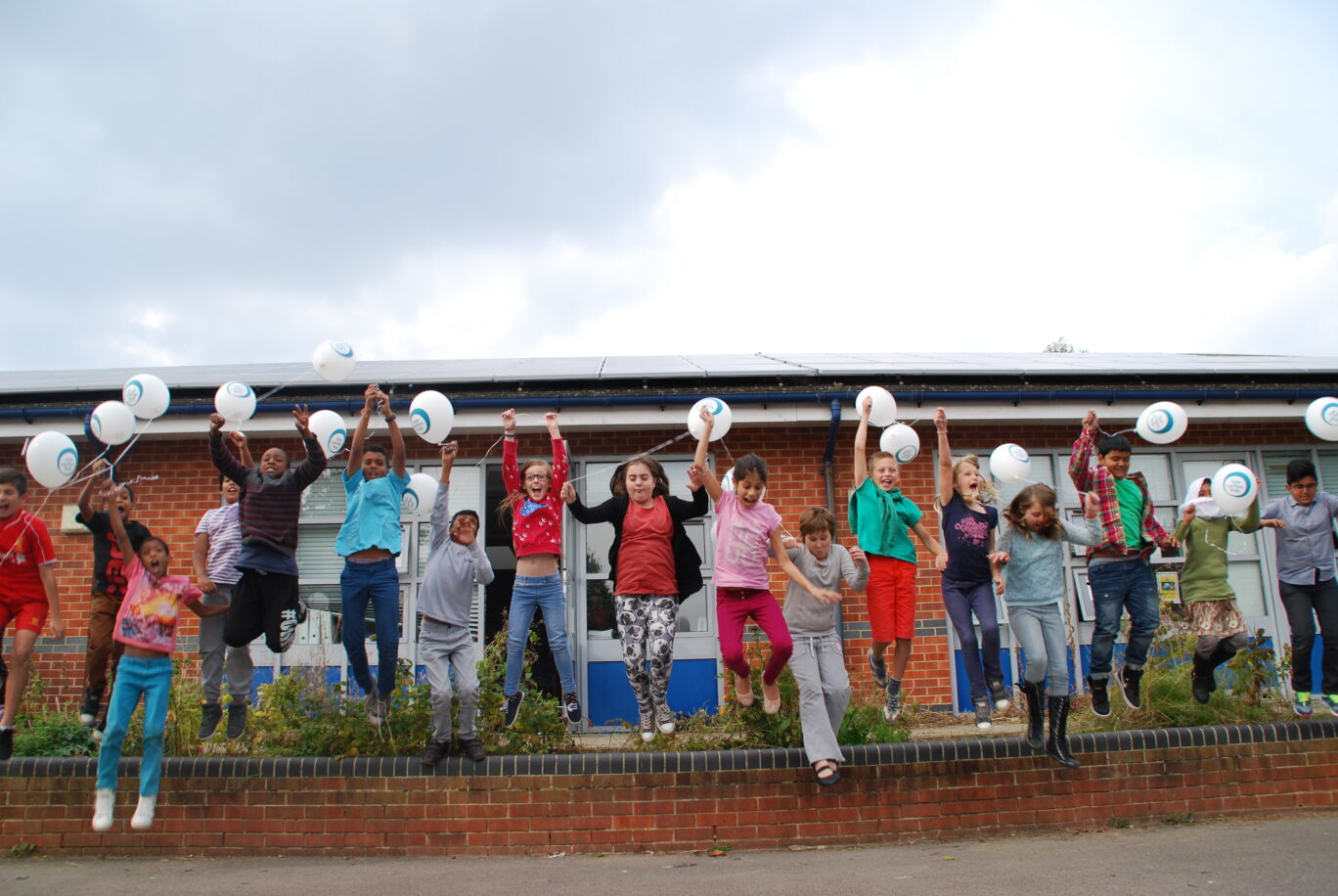
How to Engage Students in Energy-Saving Behaviour
Encouraging energy-saving behaviour in schools does more than reduce bills – it inspires the next generation to take climate action and empowers students to make sustainable choices at home and beyond.
We’ve heard from schools first-hand on how small changes can create ripple effects across the school.
So, how can you engage students in saving energy behaviour?
1. Make Energy Visible
It’s hard to care about something you can’t see. Think about how you can share your real life energy data with your school – perhaps in a poster or during a school assembly. Then when people can see how their behaviours affect energy consumption, they can be more motivated – even turning it into a ‘game’.
2. Involve Students in Energy Audits
Give pupils a hands-on role by conducting energy “walkarounds.” Students can identify draughts, unused equipment left on standby, or places where lighting and heating could be adjusted. Framing it as a detective challenge engages curiosity while building practical awareness. Many schools appoint student “eco-monitors” to lead by example, often part of an after school energy or wider environment focused group.

3. Link Energy Saving to the Curriculum
Energy isn’t just a facilities issue – it’s a learning opportunity. From science experiments on insulation and renewable energy, to maths lessons calculating carbon footprints, to creative writing about sustainable futures, energy efficiency can spark meaningful classroom discussions. Embedding energy-saving themes across the curriculum ensures the message isn’t siloed.
4. Celebrate Success and Share Impact
When students see their efforts recognised, it reinforces positive behaviour. Whether it’s a certificate for the “most energy-aware class” or a shout-out in school assembly, celebrating small wins builds momentum. Schools can also share progress with parents and the wider community, showing how energy savings translate into lower carbon emissions and reduced costs.

5. Empower Students as Energy Champions
Students respond best when they feel ownership. Create opportunities for them to lead campaigns – from “Switch Off” weeks to poster competitions – and give them a voice in school sustainability meetings. Peer-to-peer influence is powerful: when students remind each other to turn off the lights, the message sticks.
6. Connect Energy Saving to Real-World Change
Link school actions to the bigger picture. Explain how cutting energy waste reduces the school’s carbon footprint and supports the UK’s journey to net zero. Highlight success stories from other schools so pupils feel part of a wider movement for change.
Why Energy Saving Matters
Encouraging students to develop energy-saving habits is more than a cost-saving measure. It’s about nurturing a culture of responsibility and collective action. By embedding energy awareness into everyday school life, we can inspire young people to see themselves as changemakers – at school, at home, and in their communities.
Energy-saving resources to help
There are lots of resources out there to help you engage students on energy and climate activity. Find out more.
Keen to save energy in your school?
Find out how ACES can help your school save on energy – see our Services.

